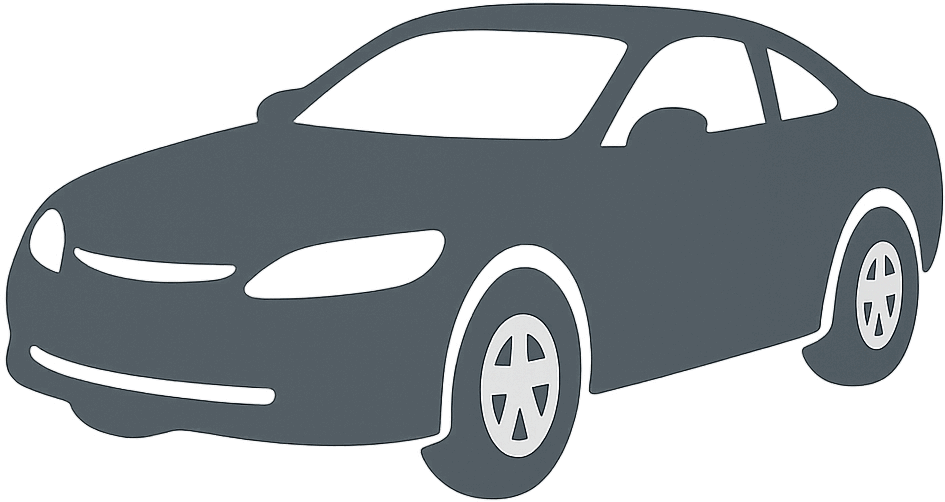 2024 Lotus Theory 1 Dimensions, Size & Specs
2024 Lotus Theory 1 Dimensions, Size & Specs
Measurements of the 2024 Lotus Theory 1, engineered for optimal performance and comfort
| Dimensions | |
|---|---|
| Length: | 4490 mm176.8 in14.7 ft |
| Width: | 2000 mm78.7 in6.6 ft |
| Height: | 1140 mm44.9 in3.7 ft |
| Weight Specifications | |
| Curb Weight: | 1600 kg3527 lbs |
| Tire Specifications | |
| Rims Sizes: | 21-inch rims:
|
| Tire Sizes: |
|
The Lotus Theory 1 is a cutting-edge prototype coupe introduced in 2024, embodying Lotus' commitment to innovative automotive design and performance. With its production starting in 2024 and ongoing, this sports coupe captivates with sleek, aerodynamic proportions measuring 4490 mm (176.8 inches) in length, 2000 mm (78.7 inches) in width, and a low profile height of just 1140 mm (44.9 inches). Weighing in at approximately 1600 kg (3,527 lbs) curb weight, the Theory 1 balances lightweight craftsmanship with robust construction to deliver an exceptional driving experience. The vehicle rides on striking multi-spoke rims sized at 11.5J x 21 inches for the front and 9.5J x 20 inches for the rear, wrapped in wide performance tires sized 325/30 R21 and 265/35 R20 respectively, highlighting the emphasis on grip and handling dynamics. As a concept car, the Lotus Theory 1 showcases potential future directions for Lotus sports coupes, blending avant-garde design with technical specifications that promise agility and a commanding road presence. Its compact length coupled with a wide track and low center of gravity suggests high cornering capabilities and a driver-focused stance. Overall, the Lotus Theory 1 combines innovative engineering and distinct styling, making it a notable reference model for enthusiasts comparing coupe sizes and specs in the premium sports car segment.
Discover the standout features that make the 2024 Lotus Theory 1 a leader in its class
Have a question? Please check our knowledgebase first.
The 2024 Lotus Theory 1 measures 4490 mm (176.8 inches) in length, 2000 mm (78.7 inches) in width, and 1140 mm (44.9 inches) in height. These dimensions highlight its sleek coupe profile, emphasizing a low and wide stance designed for aerodynamic efficiency and sporty aesthetics.
With a width of 2000 mm (78.7 inches), the Lotus Theory 1 is broader than many traditional sports coupes, providing enhanced stability and a more aggressive road presence. This wider footprint complements its performance capabilities, allowing for better cornering and traction on both road and track.
Most standard garages have widths ranging from 2400 to 2700 mm (94.5 to 106.3 inches) and lengths around 5400 mm (212.6 inches). Given the Theory 1's width of 2000 mm (78.7 inches) and length of 4490 mm (176.8 inches), it would comfortably fit inside a typical garage with sufficient clearance for doors and maneuvering.
The Lotus Theory 1 weighs approximately 1600 kg (3527 lbs) curb weight. This mass balances between structural integrity and lightweight sportiness. While heavier than some lightweight Lotus models, this weight likely reflects its prototype status with advanced materials and technology, aiming to maintain agility while offering modern performance attributes.
The Lotus Theory 1 is equipped with staggered wheels, featuring 11.5J x 21-inch rims upfront paired with 325/30 R21 tires, and 9.5J x 20-inch rims at the rear fitted with 265/35 R20 tires. This configuration supports superior grip, handling, and stability, optimized for high-performance driving.
At a height of just 1140 mm (44.9 inches), the Lotus Theory 1 is notably low, promoting reduced aerodynamic drag and a lower center of gravity. This height significantly contributes to its sporty silhouette, enhancing both aesthetic appeal and on-road agility by improving stability during high-speed maneuvers.
As a concept prototype, the Theory 1 introduces a slightly larger footprint than traditional lightweight Lotus models like the Elise or Exige. With a length of 4490 mm and width of 2000 mm, it is longer and wider, suggesting a move toward more substantial sports coupe dimensions, possibly for enhanced interior space or advanced electrification technology.
Compared to other high-performance coupes, the Lotus Theory 1 offers competitive dimensions. Its length of 4490 mm and width of 2000 mm place it in line with vehicles like the Porsche 911 or Audi R8, although it is lower in height, emphasizing a more aggressive and aerodynamic posture designed to enhance performance.
Being a prototype/concept, the Lotus Theory 1 embodies advanced design and technology showcasing future directions for the brand. While its specifications hint at serious performance potential, its primary role is to demonstrate design language and innovation, with road-legal performance capabilities likely but not yet finalized for production.
The staggered wheel and tire setup with larger, wider tires at the front (325/30 R21) and rear (265/35 R20) significantly improves grip and cornering performance. The larger front tires increase contact patch during steering, enhancing front-end traction and precision, a critical factor for a sports coupe designed for sharp handling and high-speed stability.
Discover similar sized cars.
| Production: | 1994-1996 |
|---|---|
| Model Year: | 1995 |
| Length: | 4480 mm176.4 in |
| Width: | 1976 mm77.8 in |
| Height: | 1135 mm44.7 in |

| Production: | 1992-1994 |
|---|---|
| Model Year: | 1992 |
| Length: | 4480 mm176.4 in |
| Width: | 1975 mm77.8 in |
| Height: | 1135 mm44.7 in |
| Production: | 1984-1992 |
|---|---|
| Model Year: | 1985 |
| Length: | 4485 mm176.6 in |
| Width: | 1975 mm77.8 in |
| Height: | 1130 mm44.5 in |
